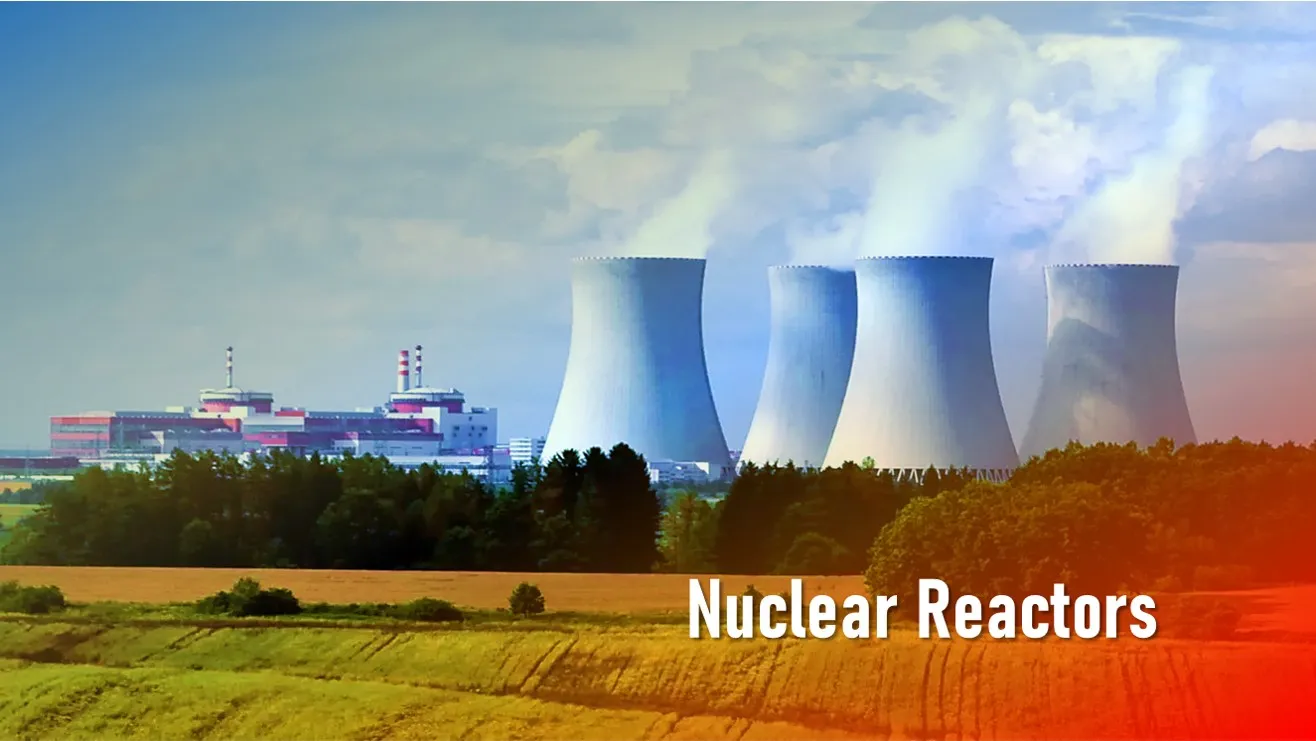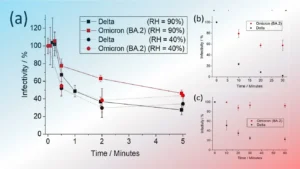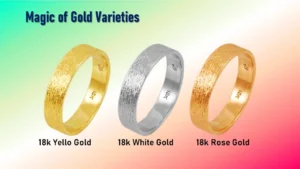India’s Nuclear Energy Program has 3 stages and devised by Dr. Homi J Bhaba, the father of India’s Nuclear program, in 1954.
The main aim was to capitalize on India’s vase thorium reserves while accounting for its low uranium reserves. India has only about 2% of the global uranium reserves but 25% of the world’s thorium reserves.
3 Stages of India’s Nuclear Energy Program
The three stages are:
- Natural uranium fuelled Pressurized Heavy Water Reactors (PWHR)
- Fast Breeder Reactors (FBRs) utilizing plutonium-based fuel
- Advanced nuclear power systems for utilization of thorium
Stage 1
- The first stage involved using natural uranium to fuel Pressurized Heavy Water Reactors to produce electricity and producing plutonium-239 as a byproduct.
- U-238 → Plutonium-239 + Heat
- Using Pressurized Heavy Water Reactors rather than Light Water Reactors was the best choice for India given its infrastructure. While Pressurized Heavy Water Reactors used unenriched uranium, Light Water Reactors required enriched uranium.
- Also, the components of PWHR could be domestically manufactured in India, as opposed to LWRs, which would need some components to be imported. Furthermore, the byproduct plutonium-293 would be used in the second stage.
Stage 2
- The second stage involves using plutonium-239 to produce mixed-oxide fuel, which would be used in Fast Breeder Reactors.
- These reactors have two processes. Firstly plutonium 293 undergoes fission to produce energy, and metal oxide is reacted with enriched uranium reacts with mixed-oxide fuel to produce more plutonium-239.
- Furthermore, once a sufficient amount of plutonium-239 is built up, thorium will be used in the reactor, to produce Uranium-233. This uranium is crucial for the third stage.
Stage 3
- The main purpose of stage-3 is to achieve a sustainable nuclear fuel cycle. The advanced nuclear system would use a combination of Uranium-233 and Thorium. Thus India’s vast thorium would be exploited, using a thermal breeder reactor.
- Currently this stage is still in the research stage. Thus, India is looking to simultaneously use its thorium in other technologies.
- The options include Accelerator Driven Systems (ADS), Advanced Heavy Water Reactor (AHWR) and Compact High Temperature Reactor (CHTR).
Also Read:
What are the different types of Nuclear Reactors
Nuclear Energy in India











